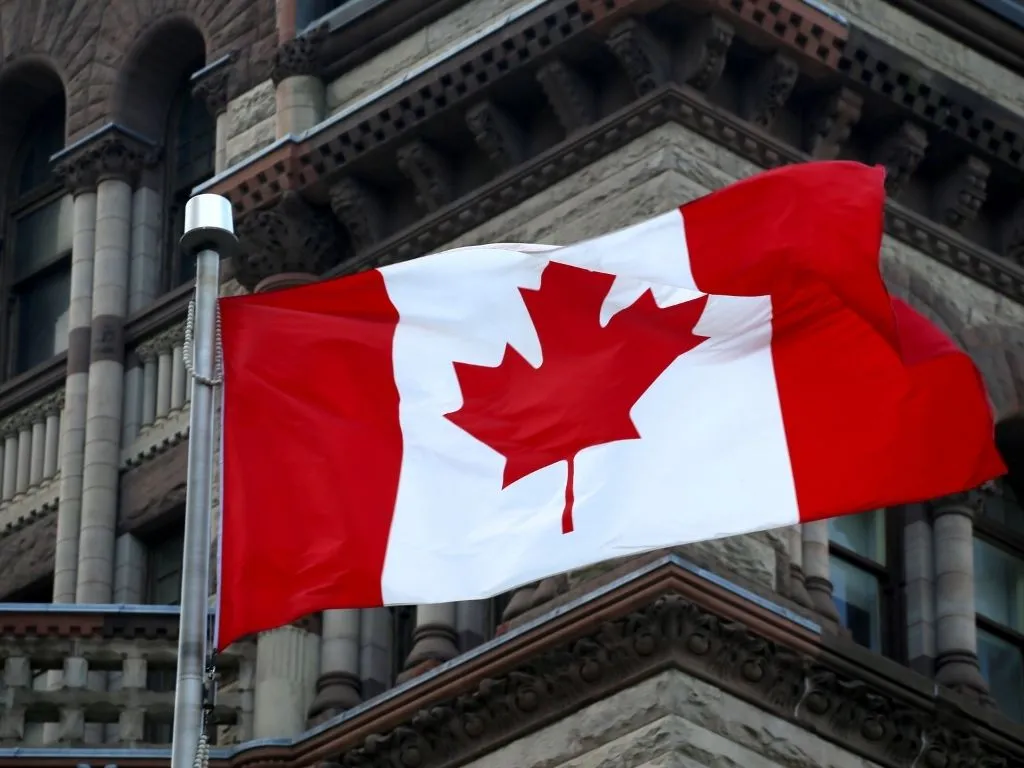Canada - Home
The Canadian Environmental Protection Act 1999 (CEPA 1999) is the most important chemical control law in Canada. It is a broad act covering a number of subjects, i.e., chemicals, living organisms, marine environment, vehicles, and hazardous wastes. It requires every new substance placed after 1994 to be assessed. It also requires a review and assessment of the substance that were introduced in the Canadian market before 1994.
The Canadian Environmental Protection Act, 1999 (CEPA 1999) specifies that new substances manufactured or imported into Canada above certain thresholds since 1994 must undergo government-led human health and environmental assessments. If a substance is found to have the potential to pose risks to the environment or human health, control measures may be put in place before it is allowed into the Canadian marketplace. If the risks are judged to be too great, or if it is determined that they cannot be adequately managed, the substance may be prohibited in Canada.
Canada’s Domestic Substance List (DSL) forms the basis for distinguishing new substances from the inventory of ‘existing substances’ that were manufactured, imported, or used in Canada on a commercial scale in the mid 1980’s. Substances not on DSL placed in non-DSL list & cannot be manufactured or imported unless information first provided to the government of Canada.
News

Canada Releases Final Screening Assessment for Selected C3–C5 Alcohols Group

Canada Publishes Final Screening Assessment and Proposed Risk Management for Decenes Group

 Twitter
Twitter
